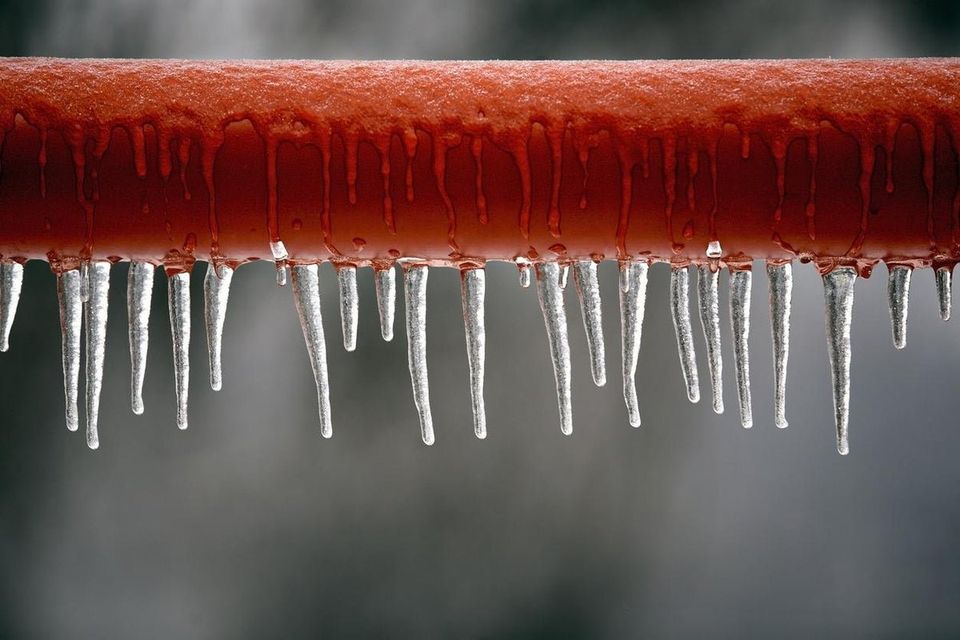Tips for Avoiding Frozen Pipes in Cold Weather: Professional Tips
Tips for Avoiding Frozen Pipes in Cold Weather: Professional Tips
Blog Article
The publisher is making several great pointers regarding Helpful Tips to Prevent Frozen Pipes this Winter overall in the content on the next paragraphs.

Winter can damage your plumbing, specifically by freezing pipes. Below's exactly how to prevent it from taking place and what to do if it does.
Introduction
As temperature levels decline, the risk of icy pipes rises, potentially bring about costly fixings and water damage. Comprehending how to avoid icy pipes is crucial for house owners in cool climates.
Prevention Tips
Shielding vulnerable pipes
Cover pipelines in insulation sleeves or use heat tape to secure them from freezing temperatures. Focus on pipes in unheated or outside locations of the home.
Home heating strategies
Keep interior spaces sufficiently warmed, specifically locations with pipes. Open cabinet doors to allow warm air to circulate around pipes under sinks.
How to identify icy pipelines
Seek lowered water circulation from taps, unusual odors or noises from pipes, and noticeable frost on revealed pipes.
Long-Term Solutions
Architectural modifications
Take into consideration rerouting pipes far from exterior walls or unheated locations. Add added insulation to attics, basements, and crawl spaces.
Updating insulation
Purchase premium insulation for pipes, attic rooms, and walls. Proper insulation aids maintain constant temperature levels and minimizes the risk of icy pipes.
Securing Outdoor Pipes
Garden pipes and outdoor faucets
Separate and drain garden hose pipes prior to winter season. Mount frost-proof spigots or cover outside taps with insulated caps.
Comprehending Icy Pipelines
What causes pipes to freeze?
Pipes freeze when revealed to temperature levels below 32 ° F (0 ° C) for prolonged durations. As water inside the pipelines ices up, it increases, putting pressure on the pipe walls and potentially triggering them to rupture.
Risks and damages
Frozen pipes can result in supply of water interruptions, building damages, and pricey fixings. Ruptured pipelines can flooding homes and trigger substantial architectural damage.
Signs of Frozen Pipes
Identifying icy pipelines early can prevent them from bursting.
What to Do If Your Pipelines Freeze
Immediate activities to take
If you presume frozen pipelines, maintain faucets open to soothe pressure as the ice melts. Make use of a hairdryer or towels soaked in warm water to thaw pipelines slowly.
Conclusion
Stopping frozen pipelines requires aggressive steps and quick reactions. By comprehending the reasons, signs, and preventive measures, home owners can safeguard their pipes during cold weather.
5 Ways to Prevent Frozen Pipes
Drain Outdoor Faucets and Disconnect Hoses
First, close the shut-off valve that controls the flow of water in the pipe to your outdoor faucet. Then, head outside to disconnect and drain your hose and open the outdoor faucet to allow the water to completely drain out of the line. Turn off the faucet when done. Finally, head back to the shut-off valve and drain the remaining water inside the pipe into a bucket or container. Additionally, if you have a home irrigation system, you should consider hiring an expert to clear the system of water each year.
Insulate Pipes
One of the best and most cost-effective methods for preventing frozen water pipes is to wrap your pipes with insulation. This is especially important for areas in your home that aren’t exposed to heat, such as an attic. We suggest using foam sleeves, which can typically be found at your local hardware store.
Keep Heat Running at 65
Your pipes are located inside your walls, and the temperature there is much colder than the rest of the house. To prevent your pipes from freezing, The Insurance Information Institute suggests that you keep your home heated to at least 65 degrees, even when traveling. You may want to invest in smart devices that can keep an eye on the temperature in your home while you’re away.
Leave Water Dripping
Moving water — even a small trickle — can prevent ice from forming inside your pipes. When freezing temps are imminent, start a drip of water from all faucets that serve exposed pipes. Leaving a few faucets running will also help relieve pressure inside the pipes and help prevent a rupture if the water inside freezes.
Open Cupboard Doors
Warm your kitchen and bathroom pipes by opening cupboards and vanities. You should also leave your interior doors ajar to help warm air circulate evenly throughout your home.

We were made aware of that report on Helpful Tips to Prevent Frozen Pipes this Winter from a pal on another web address. Do you know about another individual who is truly interested in Preventing and dealing with frozen pipes? Take a moment to promote it. We take joy in your readership.
Call Today Report this page